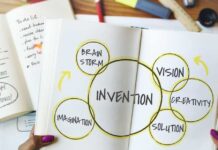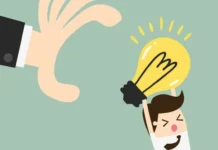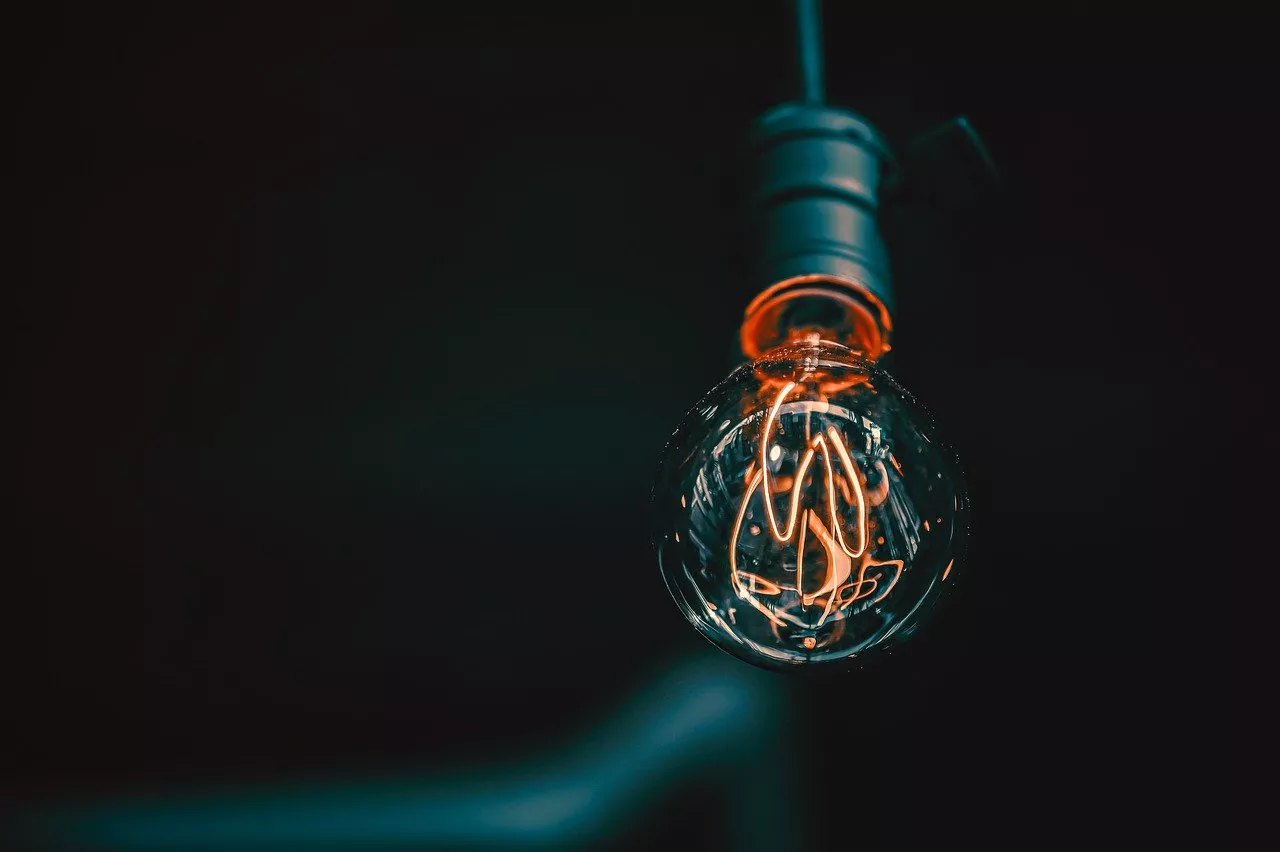
Invention, at its core, is the birth of a novel idea or method that solves a problem or satisfies a need. It is a manifestation of human creativity, pushing the boundaries of what’s possible. While many consider the act of inventing a spark of genius, it’s a blend of inspiration, tenacity, and methodical work. In this piece, we’ll delve deep into the stages of invention, illuminating the path from ideation to realization.
The Spark of Inspiration
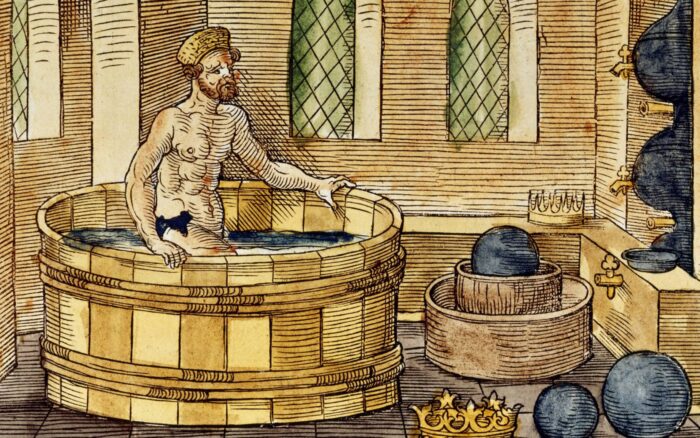
Every great invention begins with a moment of inspiration. Think of Archimedes shouting “Eureka!” in his bathtub or Isaac Newton observing an apple fall from a tree. But where does this inspiration come from? More often than not, it’s an interplay of curiosity and keen observation.
Famous inventors, like Thomas Edison, were driven by an insatiable curiosity. Their eyes were always open, searching for patterns and anomalies. For them, the world was a puzzle, waiting to be pieced together. As for us, we should remember that our next big idea could come from a casual conversation, a website we stumble upon, or a challenge we face in daily life. These stories emphasize that creativity is everywhere, waiting to be harnessed.
Identifying a Problem or Opportunity
Inventions often stem from a simple premise: identifying a problem or spotting an unmet need. Take the invention of eyeglasses, for instance. Someone recognized the problem of deteriorating vision and sought a solution. By framing challenges as opportunities, inventors can channel their energies effectively.
The Post-it note is another brilliant example. Spencer Silver, while attempting to develop a super-strong adhesive, ended up creating a weak one instead. Instead of seeing it as a failure, the potential for a repositionable adhesive was recognized, leading to the iconic product we know today.
Research and Gathering Information

Once a problem is identified, the next step involves intensive research. This research might involve scouring libraries, conducting surveys, or seeking more details on specialized websites. The goal? To understand existing solutions, if any, and identify gaps that your invention could fill.
Accurate information helps inventors make informed decisions, preventing them from reinventing the wheel. It also provides insights into potential challenges and offers a foundation upon which novel ideas can be built.
Brainstorming and Idea Generation
Brainstorming sessions, either solo or in groups, are fertile grounds for idea generation. Techniques such as mind mapping or the SCAMPER method (Substitute, Combine, Adapt, Modify, Put to another use, Eliminate, Rearrange) can yield a plethora of innovative solutions.
Collaboration is especially valuable during this phase. By bouncing ideas off others, inventors can gain fresh perspectives, enriching their initial concepts. It’s during these sessions that a vague idea can evolve into something tangible.
Concept Development

With a plethora of ideas in hand, the next step is distilling them into concrete concepts. This involves feasibility studies, market research, and a deep dive into the practicality of the idea. It’s essential to ascertain whether the invention will be viable, both technically and commercially.
Prototyping and Testing
Turning a concept into a prototype is a transformative step in the invention journey. Whether it’s a rudimentary paper sketch, a digital simulation, or a tangible functional 3D model, prototypes serve as preliminary versions of the final product. These tangible representations offer inventors a clear glimpse into how the end product might function. In this phase, prototypes undergo rigorous testing and evaluation, exposing possible design flaws or functional inefficiencies. Any identified shortcomings or areas of improvement are then meticulously addressed and rectified in subsequent design iterations, ensuring the prototype evolves closer to perfection.
The Role of Failure
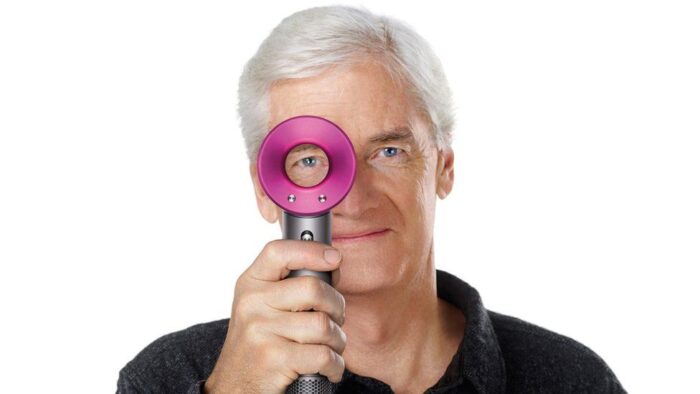
In the ever-challenging world of invention, failure isn’t merely a setback; it’s a valuable lesson and a stepping stone towards success. Throughout history, many revered inventors have encountered bumps in their creative journeys. Take James Dyson, for instance. This tenacious inventor faced a multitude of failures and developed a staggering 5,127 prototypes of his innovative vacuum cleaner before arriving at the design that would revolutionize the industry. Dyson’s journey underscores a vital message: perseverance, combined with a willingness to learn from missteps, often holds the key to overcoming initial challenges and setbacks.
Refinement and Iteration
The process of invention is marked by continual evolution. An invention is rarely, if ever, perfect in its inaugural iteration. Constructive feedback loops, gathered from rigorous testing phases and invaluable input from potential users, offer crucial insights that help shape the invention’s trajectory. Armed with this feedback, inventors engage in a cycle of refining and iterating, enhancing their creation with each pass. Consider the evolution of the iPhone. Since its debut, this iconic device has undergone myriad refinements. With every new release, features are enhanced, and performance is optimized, making each version a notable improvement over its predecessor.
Legal and Intellectual Property Considerations

For every passionate inventor, the sanctity of their idea is paramount. In today’s competitive landscape, intellectual property (IP) rights, encompassing patents, trademarks, and copyrights, serve as protective shields against unauthorized replication or imitation. But the world of IP is intricate and fraught with nuances. Therefore, it’s of utmost importance to navigate these legal terrains with professional guidance. By collaborating with experts in IP law, inventors can confidently ensure their invention remains safeguarded, preserving its unique value and potential.
Funding and Resources
While an invention might be bursting with promise and potential, transforming it from a mere concept to a tangible product often necessitates substantial financial resources. Recognizing this, inventors can chart numerous avenues to secure the requisite funding. Options range from tapping into personal savings, wooing venture capitalists, seeking benevolent angel investors, to leveraging the power of crowdfunding platforms. Beyond financial support, numerous organizations, incubators, and entrepreneurial networks extend their support to budding inventors. They offer not just capital but also mentorship, training, and access to invaluable resources, guiding inventors through their journeys.
Bringing the Invention to Market

Transitioning an invention from a nascent concept to a market-ready product is a multifaceted journey. This journey encompasses a myriad of phases including meticulous production, strategic distribution, targeted marketing, and effective scaling. Crafting a successful go-to-market strategy demands an understanding of the invention’s unique selling points, the target audience’s preferences, and the prevailing market dynamics. The overarching aim remains unwavering: to ensure the invention doesn’t just reach its intended users, but also resonates with them, delivering unparalleled value and fulfilling its envisioned promise.
Conclusion
The invention process, while intricate, is a testament to human creativity and resilience. From the initial spark of inspiration to the final product, each step is a blend of art and science. To all budding inventors out there, embrace your creative spirit, persevere through challenges, and let the world benefit from your genius.



